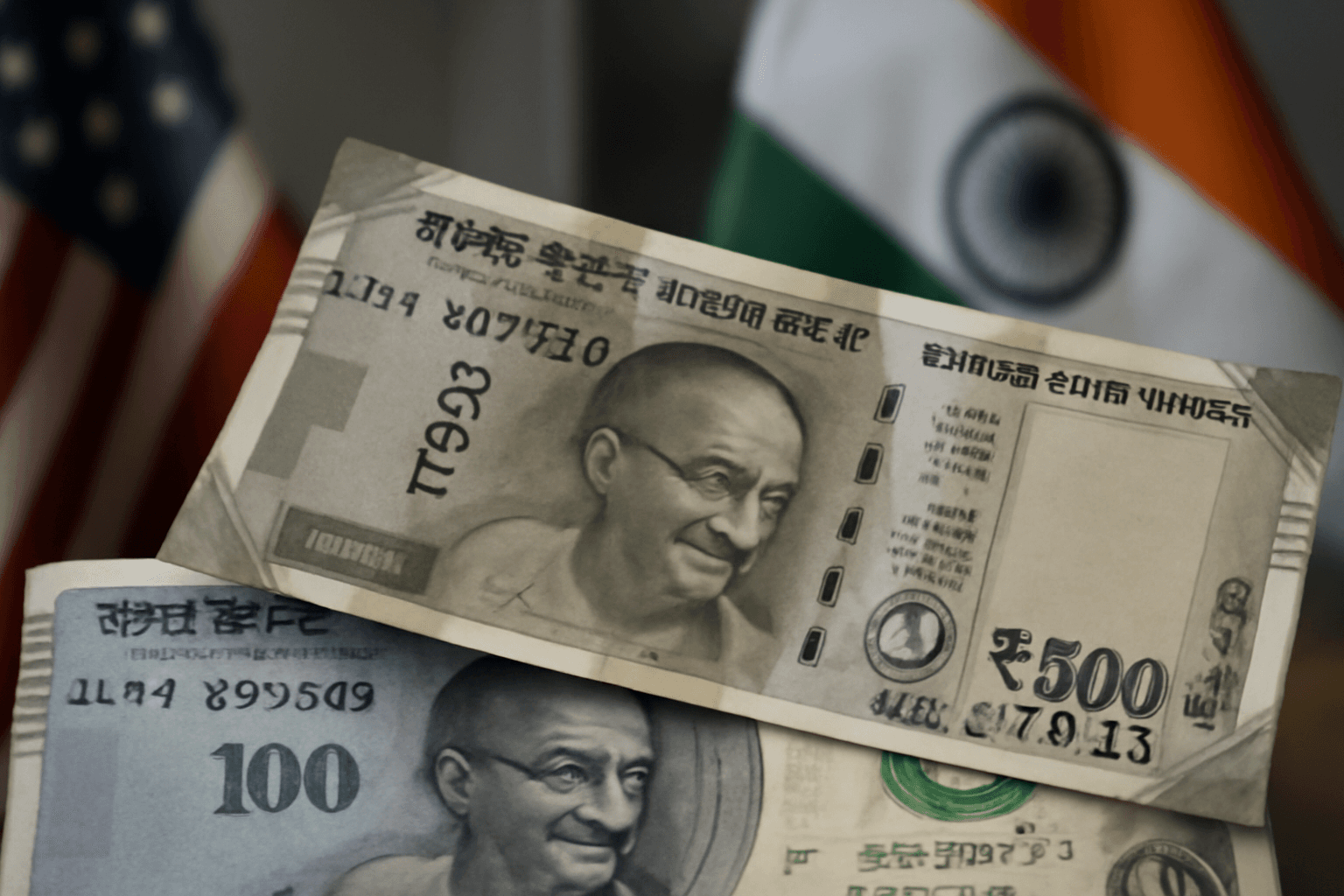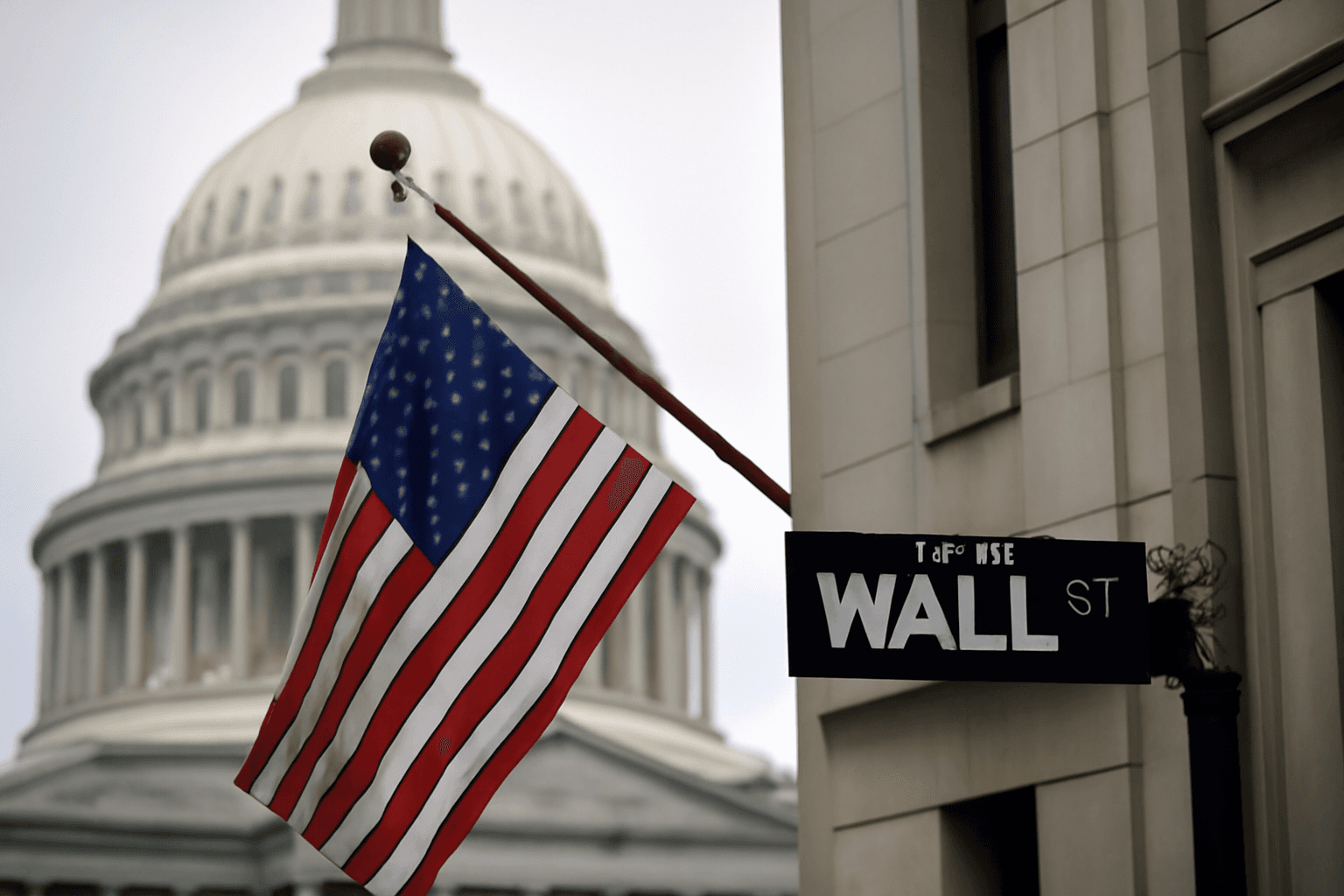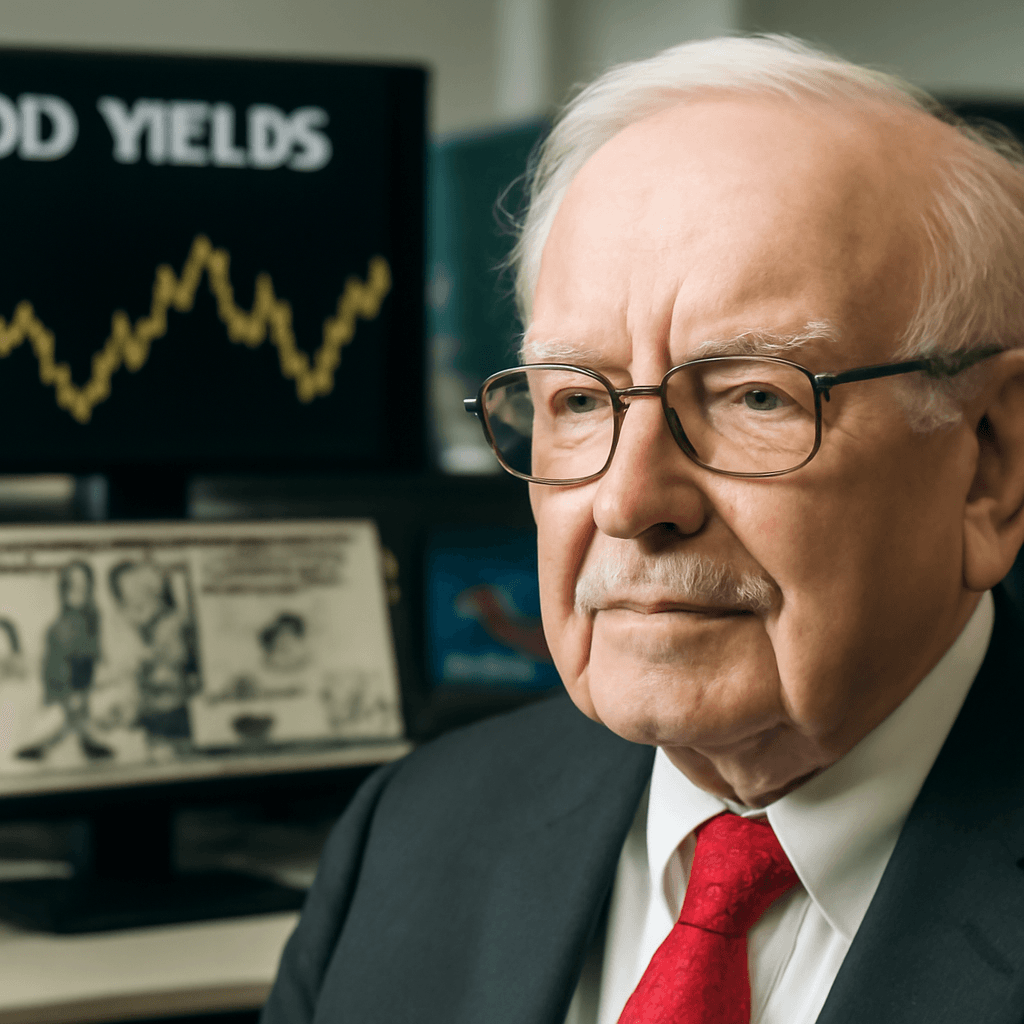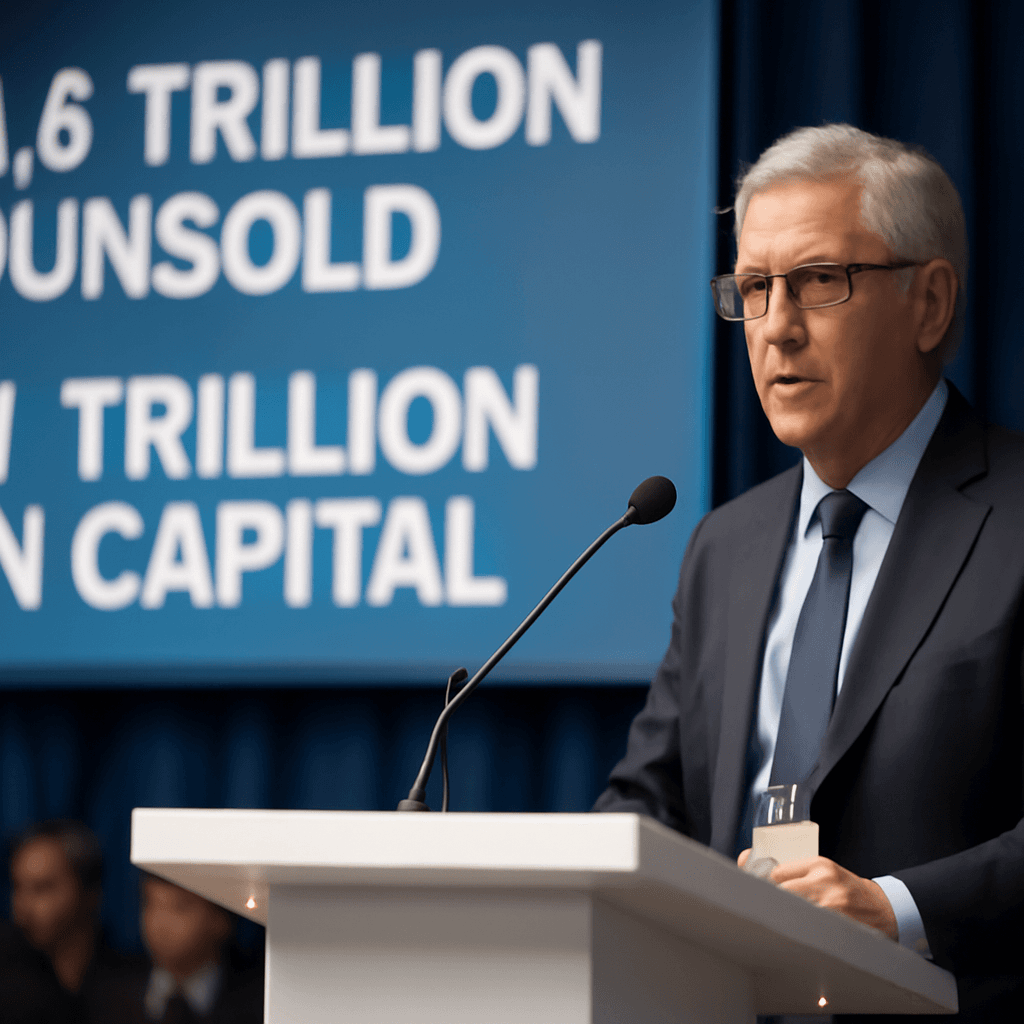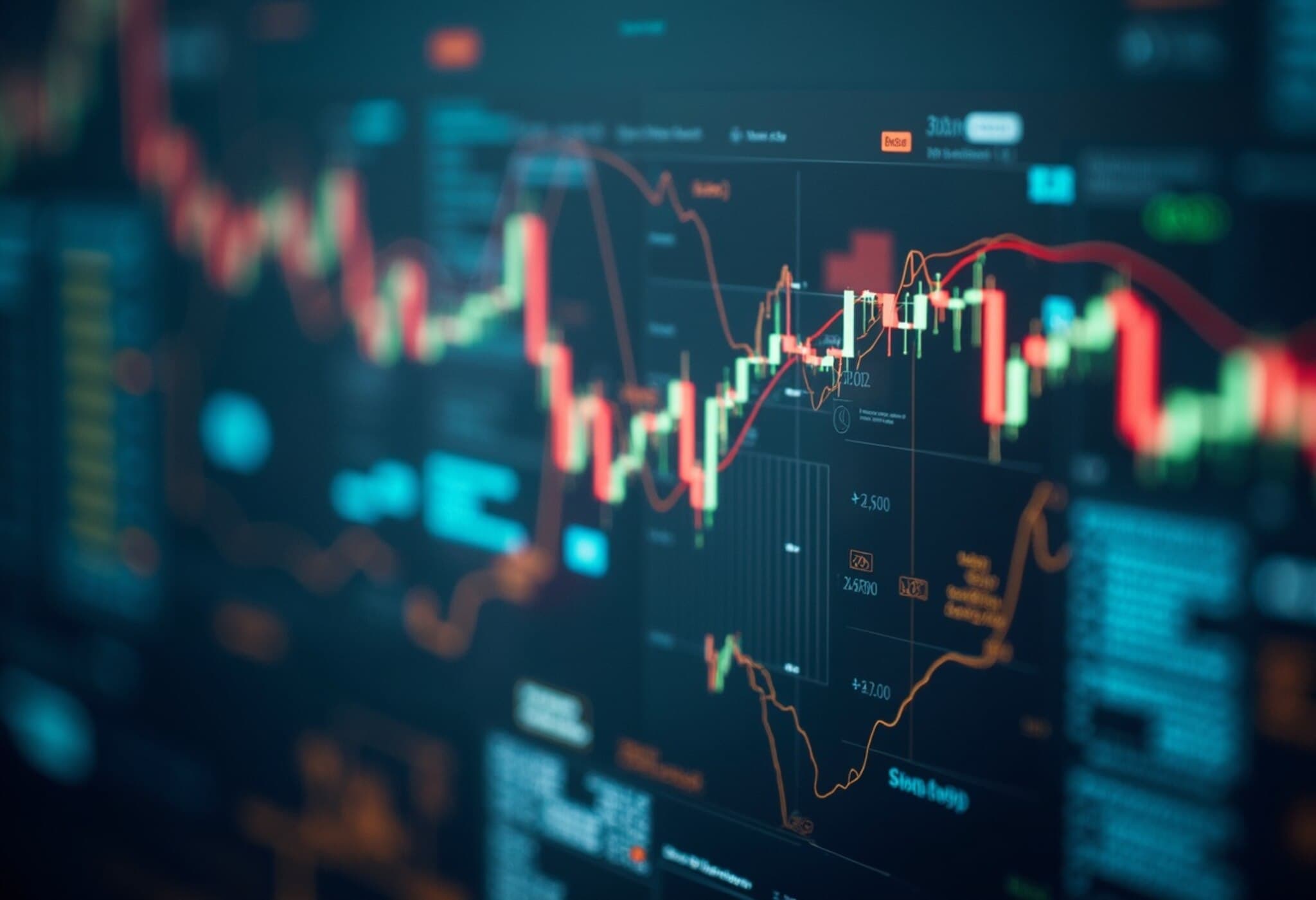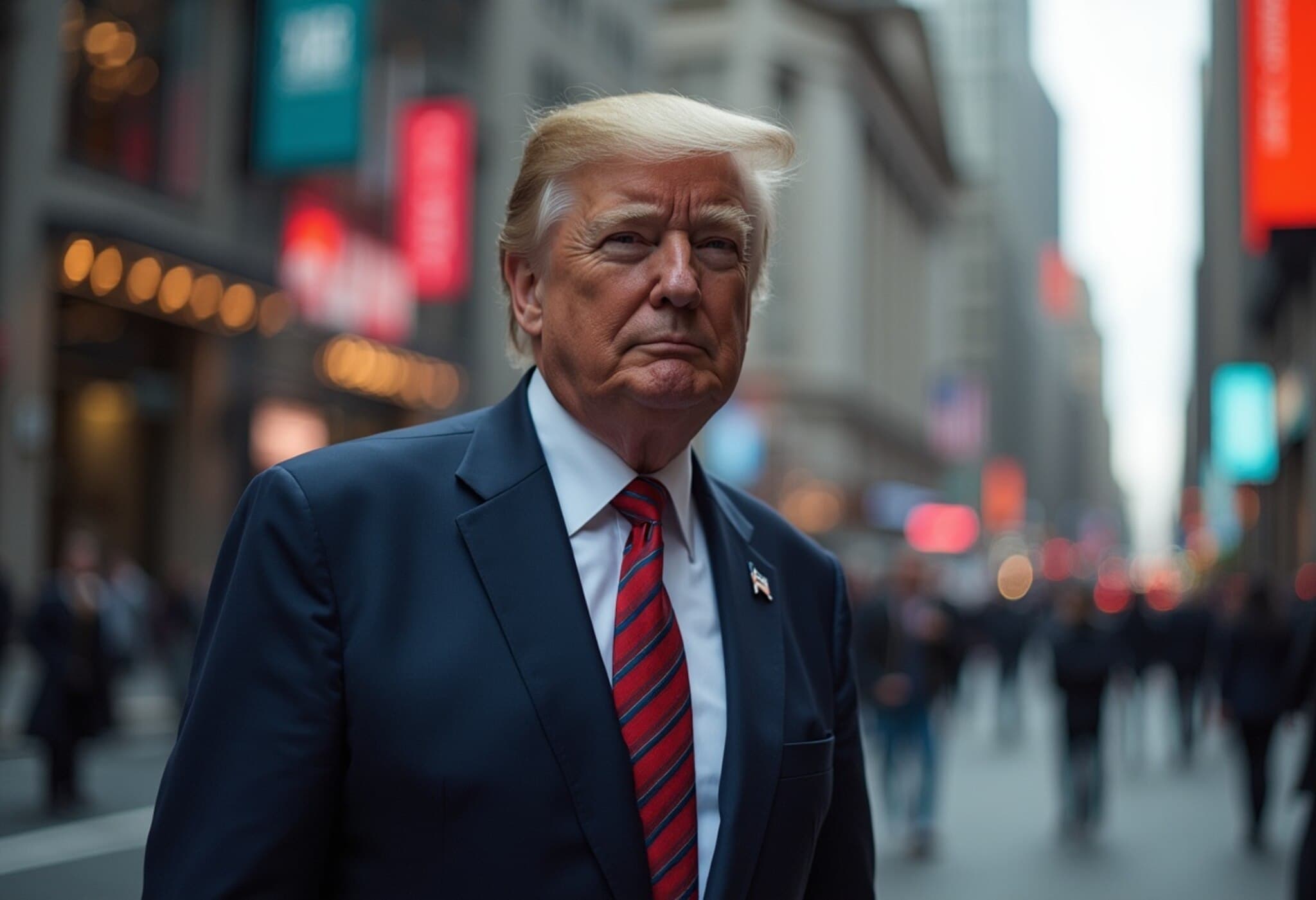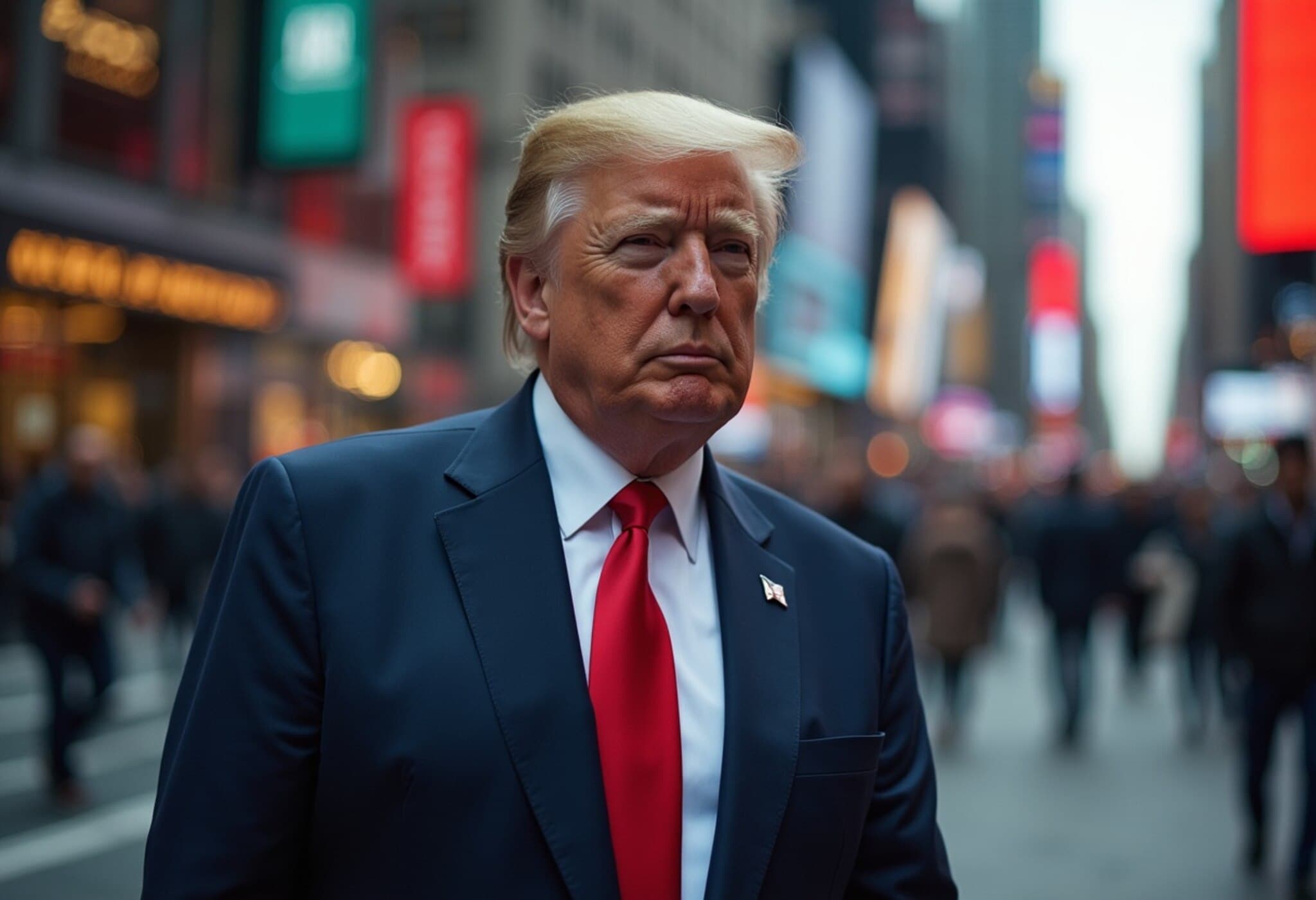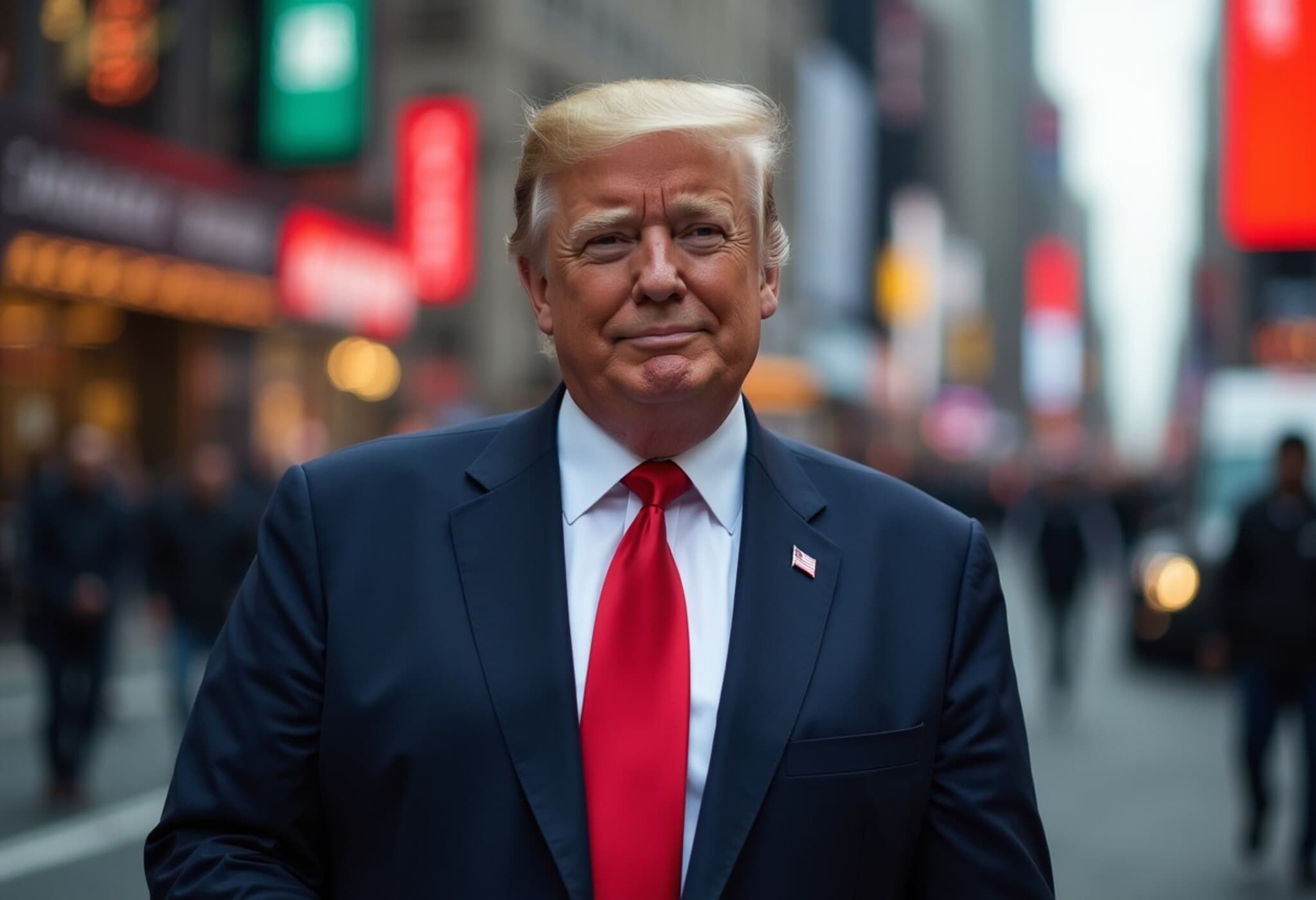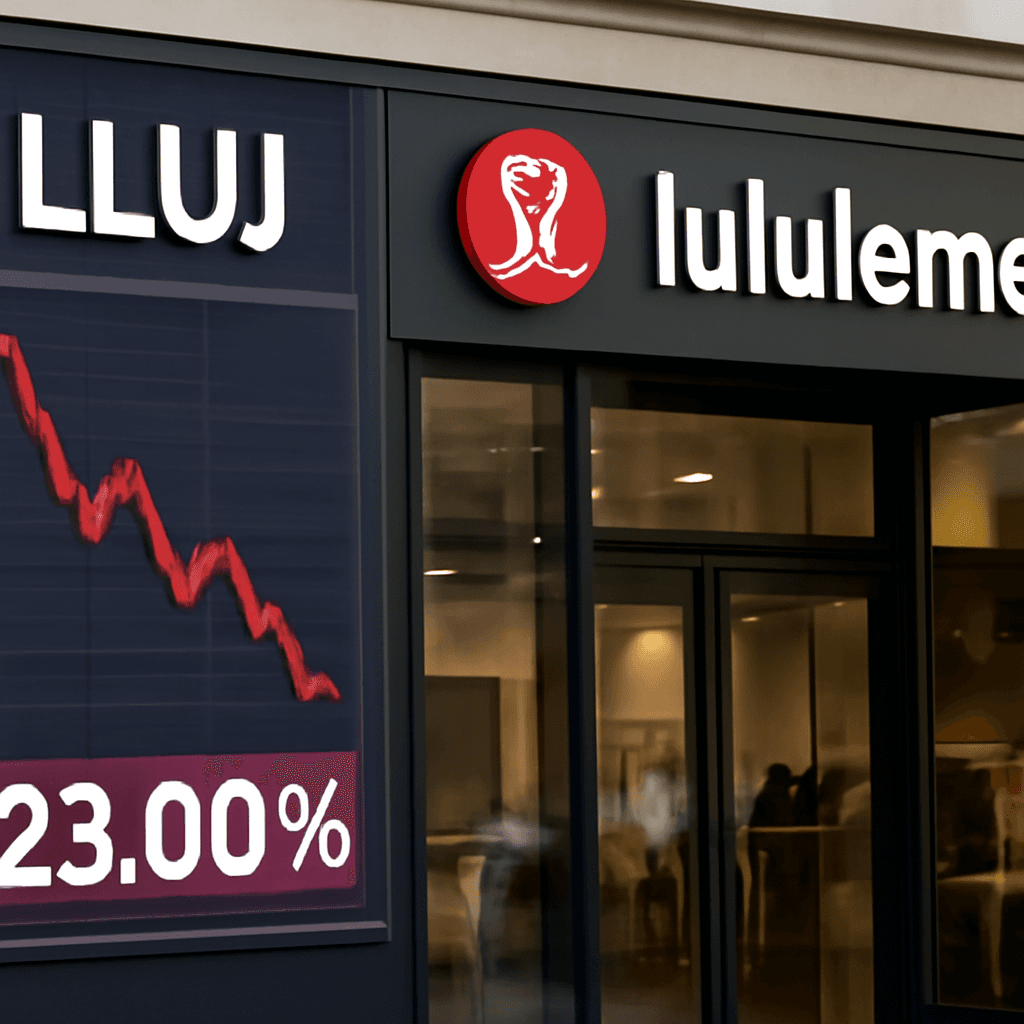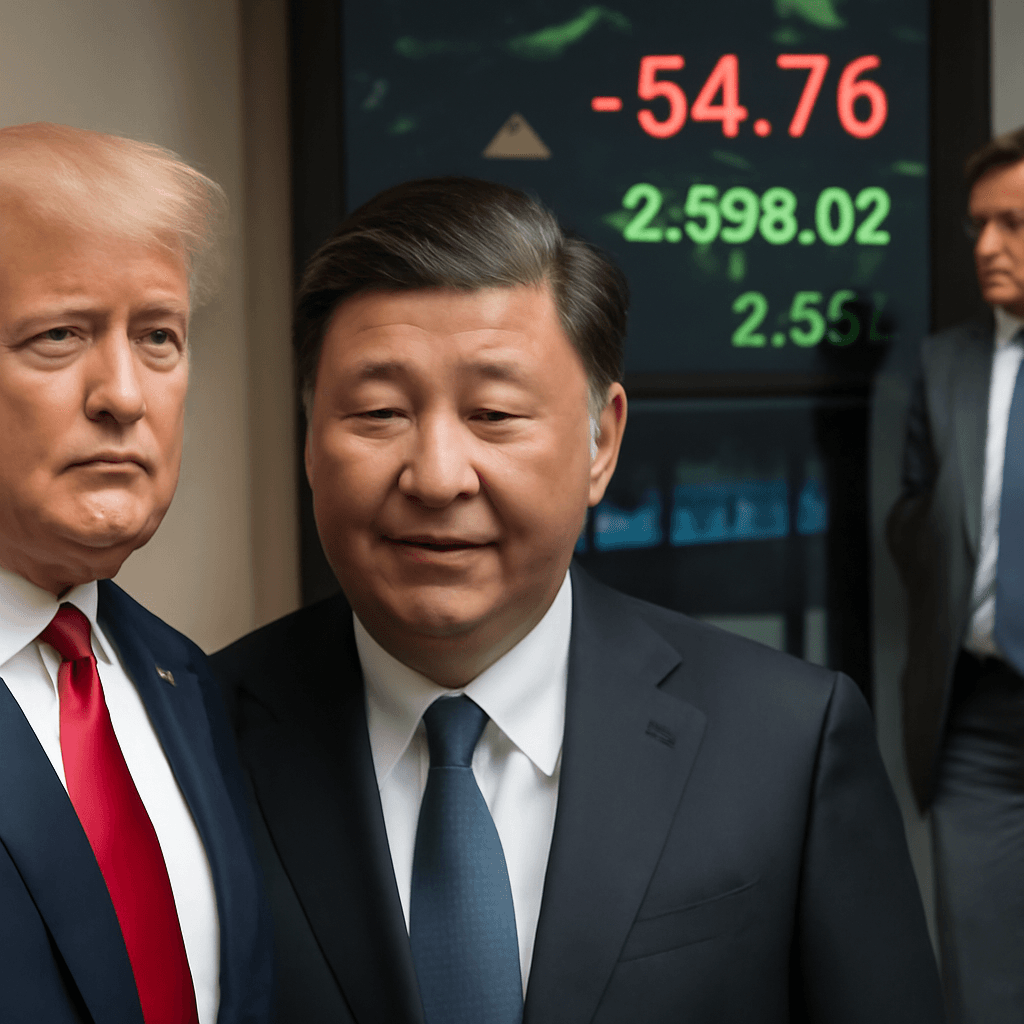Stifel Foresees Economic Jolt Ending Stock Market Boon
In a sobering analysis released on August 11, 2025, Stifel strategists Thomas Carroll and Barry Bannister cautioned investors that the euphoric bull market could be abruptly halted by an unexpected economic deceleration. Despite 2025’s remarkable climb to historic stock prices, the duo warns that underlying economic currents suggest a storm brewing beneath the surface.
From Market Euphoria to Sudden Reality Check
"As markets surge to unprecedented highs, flirting with valuations reminiscent of past bubbles, one must ask: what event could rip apart the festive 'party like it’s 1999' sentiment?" Carroll and Bannister posed. Drawing on past episodes—most notably 1929 and 1999—they identified a swift economic slowdown as the typical trigger that abruptly ends such exuberance.
They foresee such a slowdown materializing in the second half of 2025, casting a shadow over the currently buoyant market environment. The stock market’s climb, which has lifted the S&P 500 more than 30% off its April lows, appears disconnected from decelerating economic fundamentals.
Stagflation: A Troubling Outlook
Central to Stifel’s forecast is the risk of entering a stagflationary phase—a challenging combination of persistent inflation, rising unemployment, and stagnant economic growth. This triad not only pressures consumers but complicates policy responses.
- Consumer Spending Slowdown: Emerging signs indicate that households are tightening their budgets, dampening demand across several sectors.
- Temporary Offsets: Investments in artificial intelligence and pre-emptive tariff buying have so far masked the slowdown, but these are unlikely to hold indefinitely.
Valuation Anxiety and Market Risk
Carroll and Bannister express discomfort with the S&P 500’s lofty valuations during a period in which economic growth is decelerating sharply. They remind readers that "valuation doesn’t matter until it does," highlighting historic painful corrections that followed seemingly detached markets.
The strategists project a potential market correction of up to 14% from recent highs, setting a price target for the S&P 500 at around 5,500 points. This target implies a modest decline of approximately 6.5% for the year, a notably conservative stance amid Wall Street’s broader optimism.
Investment Strategy Amid Uncertainty
Advising investors to temper optimism—what they dub the allure of "hopium"—they recommend bolstering portfolios with defensive, quality sectors. Their suggested overweight allocations include:
- Consumer Staples
- Healthcare
- Utilities
- High-Quality Equities
This defensive positioning aims to mitigate risks from a forecasted S&P 500 correction possibly unfolding as early as the third quarter of 2025, potentially preceding a GDP contraction expected later in the year.
Expert Commentary: Weighing Risks in Today’s Market
Stifel’s cautionary outlook serves as a timely reminder that the financial markets are not immune to macroeconomic realities. Their emphasis on stagflation echoes concerns echoed by economists wary of simultaneous inflation pressures and sluggish growth—an environment that historically debilitates markets.
From a U.S. policy perspective, the Federal Reserve faces a delicate balancing act: combating inflation without triggering a deeper downturn. The warning underlines the importance for policymakers and investors alike to remain vigilant amid an overheated market climate.
Moreover, this forecast invites reflection on the resilience of recent market drivers. The surge in artificial intelligence investments and tariff-related stockpiling, while impressive, may represent short-term stimuli rather than sustainable growth foundations.
Key Questions Moving Forward
- How prepared are investors to pivot from growth to defensive strategies in anticipation of a downturn?
- Will inflationary pressures ease sufficiently to prevent a full-blown stagflation scenario?
- Can policy interventions effectively bridge the economic slowdown without sparking a market crash?
- What role will emerging technologies play in either cushioning or exacerbating the economic challenges ahead?
Editor’s Note
Stifel’s forecast challenges the prevailing narrative of unyielding market optimism in 2025. Their blend of historical perspective and forward-looking economic analysis is a crucial alert for investors and policymakers alike. As markets revel in record highs, it’s wise to remember that even the longest parties eventually face the music. Navigating the potential transition from boom to bust will require savvy, prudence, and an adaptive investment approach.
Given the complex interplay between inflation dynamics, consumer behavior, and technological innovation, the months ahead will be critical in defining the trajectory of the U.S. economy and equity markets. Staying informed and prepared can make the difference between weathering the storm and being caught off guard.


